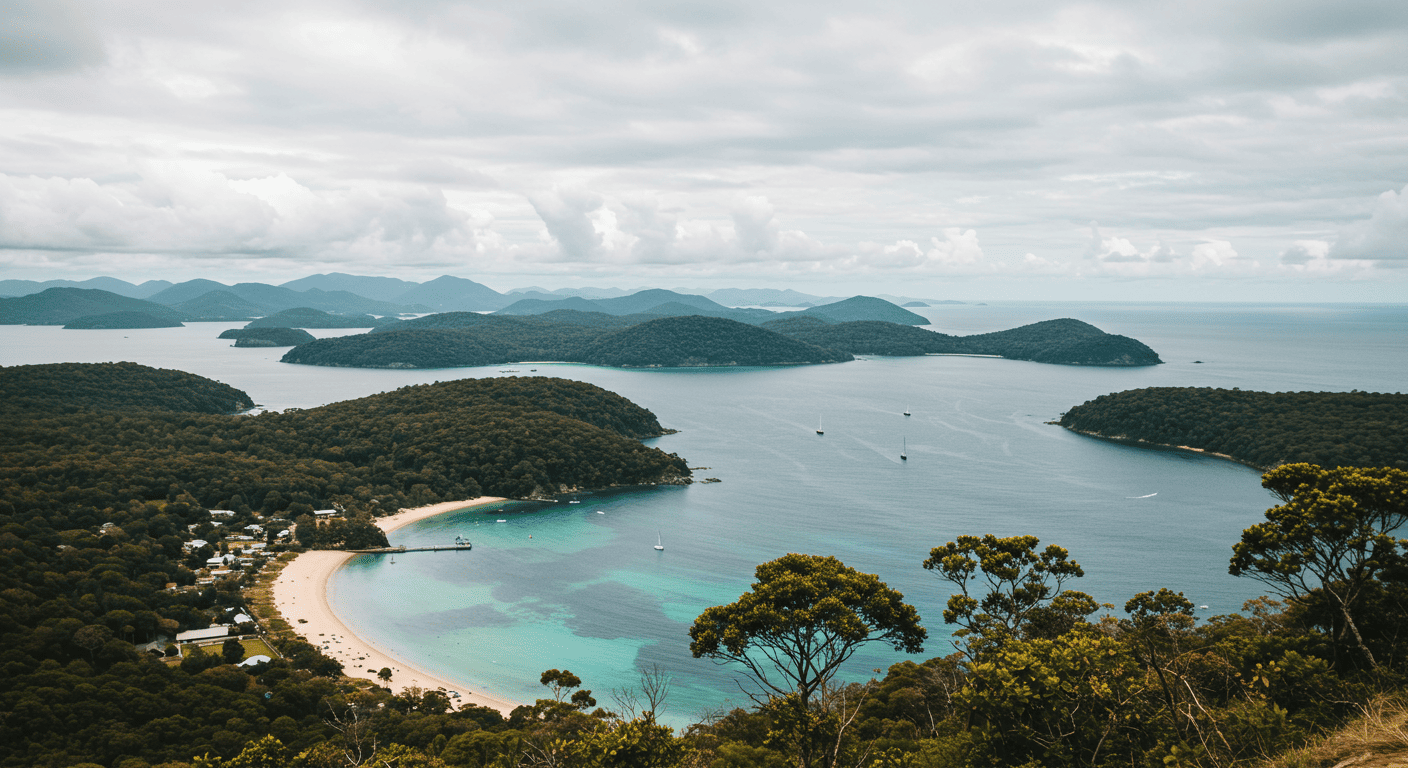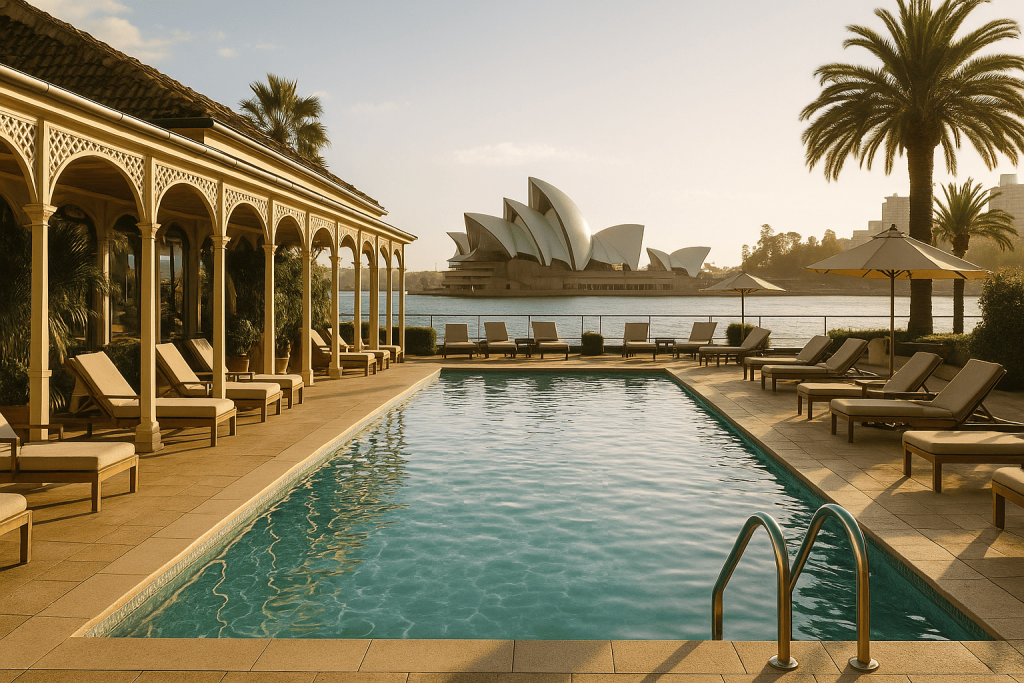
Imagine turquoise waters, dazzlingly white silica sands, and perfect tropical weather—that’s Australia’s Whitsunday Islands for you. Located off the coast of Queensland, this stunning archipelago boasts 74 islands, each offering an idyllic paradise waiting to be explored. But beneath this postcard-perfect exterior hides a thrilling undercurrent: the Whitsundays offer adventures that are surprisingly risky, and that’s part of their charm. With some insider tips and awareness, these unexpected risks transform into unforgettable experiences. If you’re ready for some thrills and want a fresh take beyond classic island lounging, this guide unlocks eight surprisingly hazardous—but unforgettably awesome—activities to consider in the Whitsundays.
1. Sailing Through Choppy Paradise
Ah, sailing—the Whitsundays’ classic. Cruising emerald waters seems a peaceful dream, yet weather here can change unexpectedly. Sudden storms and strong currents mean this tranquil pastime sometimes turns challenging or even dangerous. Ensure you’re on a trusted charter, led by experienced crew members. Check weather forecasts beforehand and listen to all safety instructions diligently. If you’re renting your vessel, make sure your skills are adequate for unexpected shifts in winds or waves.
2. Snorkeling Among Beautifully Hazardous Creatures
Snorkeling around Hamilton Island or Hardy Reef entices travelers with rainbow-colored coral gardens and vibrant marine life. But don’t get too mesmerized—this paradise harbors its share of venomous residents. Box jellyfish and Irukandji are two notorious species in these waters, especially during peak jellyfish season from November to May. Before diving in, always don a protective “stinger suit.” Most tour operators provide these affordable Lycra bodysuits, reducing risks significantly. Always listen to local warnings, and never venture away from the guided zones.
3. Hiking to Hill Inlet Lookout for Stunning Views—and Slips!
You can’t visit Whitsundays without hiking to the famous Hill Inlet on Whitsunday Island—one of Australia’s most photographed vistas. Beautiful swirling sands reward trekkers, yet trails can become incredibly slippery after tropical rainfall. Wear sturdy shoes with sufficient tread, even if the trail seems short. Try hiking earlier in the day to escape intense heat or humid showers. Always inform someone of your plans and carry enough water—conditions here change swiftly.
4. Scenic Flying: Turbulence with Unmatched Views
Booking a scenic flight to gaze at the iconic Heart Reef from above or simply appreciating pristine coral cays from a bird’s vantage point is breathtaking. But tropical weather patterns often create unexpected turbulence, particularly during late afternoons. To ensure a comfortable adventure, book flights early in the morning when the sky remains calmer. Scout for trusted operators with good reputations. Follow instructions on fastening seat belts securely, and remember, although bumps might jolt your heart, the sights will make it all worth it!
5. Kayaking Adventures Against Powerful Currents
Kayaking through Shute Harbour or around Daydream Island provides intimacy with secluded coves, mangroves, and hidden spots inaccessible to bigger boats. However, tidal currents here can be strong and deceptive, swiftly carrying you further offshore. When renting kayaks, always ask for local tidal charts from providers. Schedule trips during low wind and slack tides to paddleiest adventures safely. Never underestimate the island winds—always wear a life vest. Bring a waterproof GPS device or make certain your phone battery stays charged in case navigation becomes difficult.
6. Fishing Excitement and Hidden Risks
Fishing in the Whitsunday waters—from shore or boats—is immensely popular, thanks to abundant snapper, barramundi, and mackerel populating reefs and channels. But take caution: some local fish species, such as stonefish, have venomous spines hidden in their fins, posing serious risks to unwary anglers. Always wear sturdy footwear when fishing from shorelines or rocks, and handle your catch carefully. If going offshore on fishing charters, book with licensed, reputable operators who ensure safety briefings and carry proper equipment.
7. Island Camping—Idyllic Isolation, or Too Remote?
Camping on uninhabited islands around the Whitsundays—such as Hook Island or Dumbell Island—evokes the Robinson Crusoe fantasy in paradise. But this experience can flip directions unexpectedly; unpredictable weather and limited cellphone reception mean you’re literally isolated—even in emergencies. Always obtain camping permits from Queensland National Parks and check for updated island condition reports online. Ensure your camping gear suits tropical climates—rainproof tents and mosquito nets are vital. Bringing along an emergency radio or satellite phone is an ideal backup plan, ensuring peaceful isolation stays positive!
8. Watching Wildlife Isn’t Always Serene
From playful dolphins to curious cockatoos, Whitsunday wildlife encounters thrill visitors immensely. But wild means wild: even attractive wildlife interactions can turn dangerous quickly. Local seagulls and cockatoos sometimes aggressively steal unattended food, startling diners. Larger wildlife like stingrays near shallow shores demands a respectful distance to avoid accidental injuries. Keep food securely packed away and never feed wildlife intentionally—that only makes them fearless and more aggressive. Low tides reveal hidden marine life near beaches, so tread carefully to avoid painful stings or punctures.
Exploring the Whitsundays means embracing beauty and adventure—sometimes with a dash of danger. Remember these simple guidelines and tips, and your unexpected thrills will turn into lasting, cherished stories. Here’s to making memories, safely soaking up adventures, and returning home with tales as stunning as Australia’s own tropical jewel. Happy exploring!


